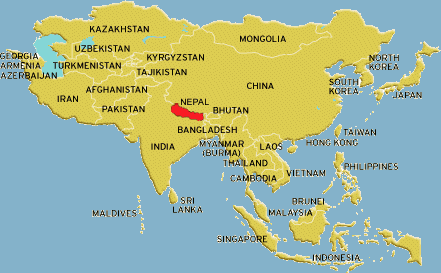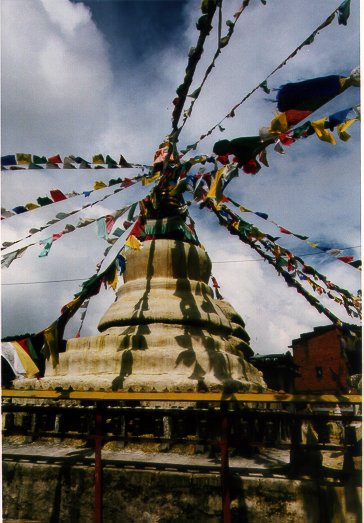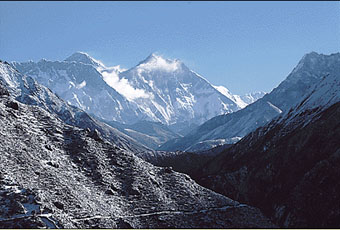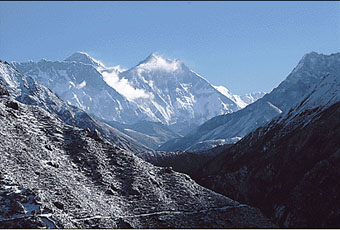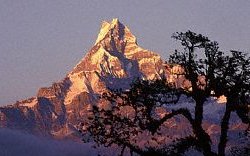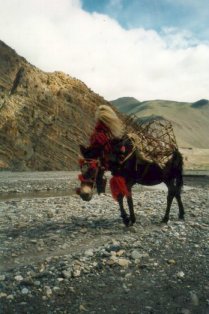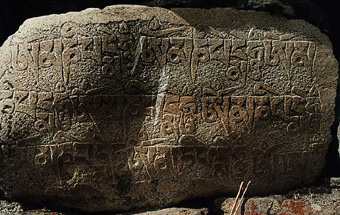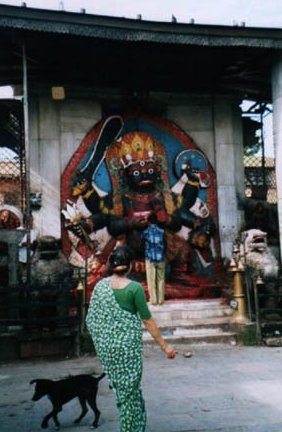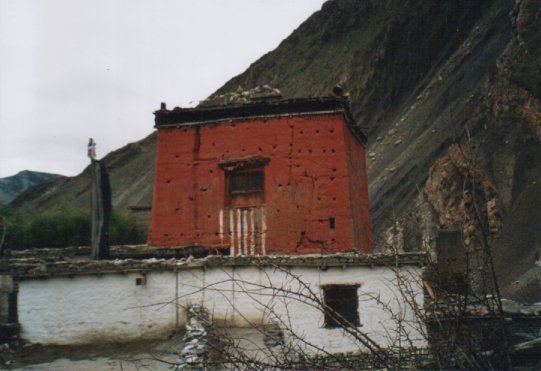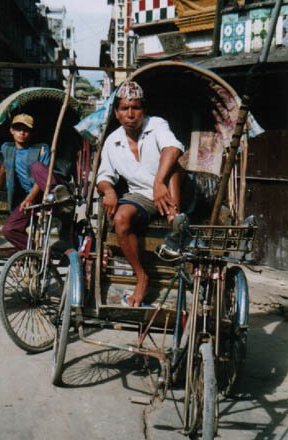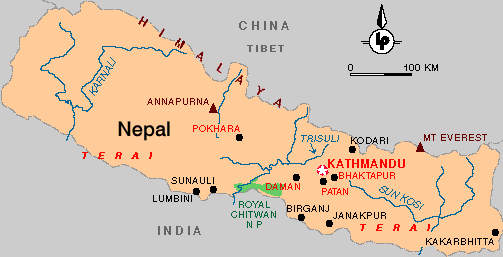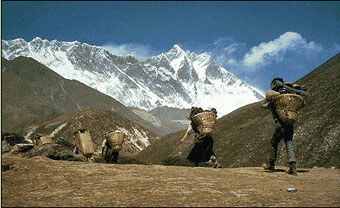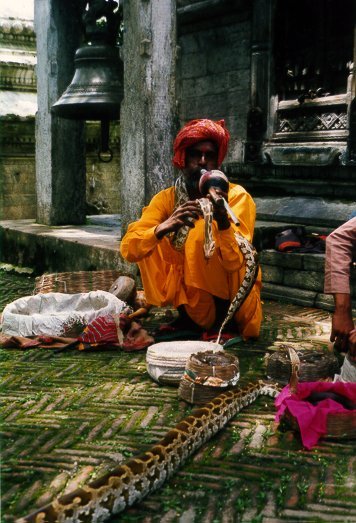 |
The Nepalese people celebrate the festivals of
both Buddhism and Hinduism, and Buddhist shrines and Hindu temples are
considered equally sacred. Many of the people of Nepal also worship
local gods and spirits and consult shamans (magical healers) in times of
illness.
Nepal has few physicians, and such diseases as cholera, leprosy, and
tuberculosis occur frequently. Since the early 1950's, the government
has greatly reduced malaria. This has enabled many Nepalese from
the mountains to settle in the Tarai, where malaria used to be widespread.
Some Hindus in Nepal practice polygyny, a form of marriage in which
a husband has more than one wife. Polyandry, the practice of a wife
having more than one husband, occurs among some of the Tibetan groups in
northern Nepal.
In most such cases, the woman marries two or more brothers. The
children who are born of such marriages regard the oldest husband as their
father and his brothers as uncles.
Illiteracy ranks as one of Nepal's most serious problems. For
the country's literacy rate, see LITERACY (table: Literacy rates for selected
countries). Tribhuwan University is Nepal's only university.
It includes a main campus in Kathmandu and many other campuses in the country. |
